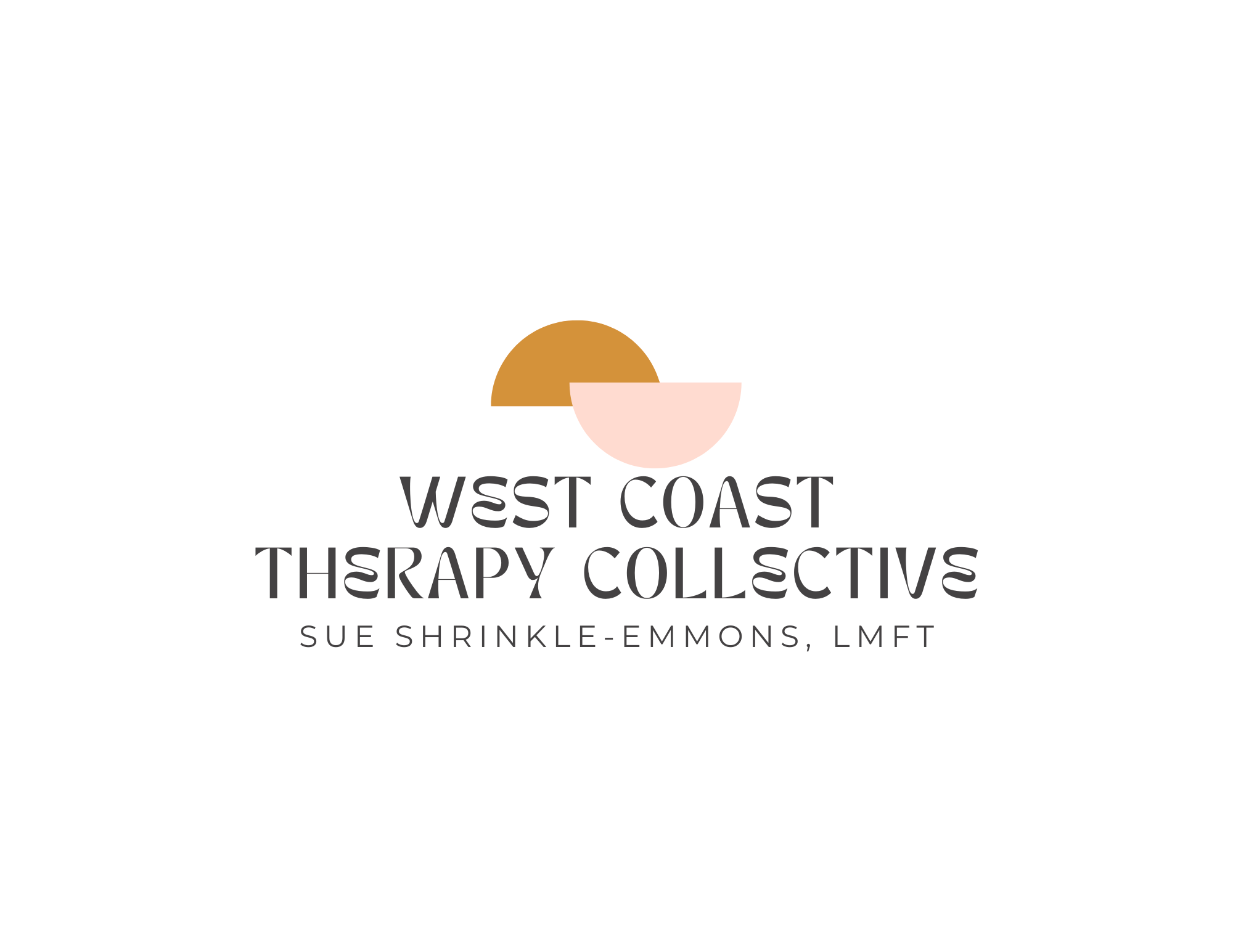EMDR
Dickcraft via Getty Images
What is EMDR?
Eye Movement Desensitization and Reprocessing (EMDR) is an evidenced-based therapy originally developed to alleviate distress by processing your traumatic experiences. It offers your brain and body another opportunity to think and feel through your past experiences without having to retell the entire story. EMDR is based on the theory that your brain is adaptive and wired for healing. However, because we experience distressing events, sometimes our brain gets stuck.
Trauma occurs when these past distressing events continues to affect your current functioning, causing negative beliefs about yourself and the world, dysregulation of your nervous system and overwhelming emotions. EMDR, in conjunction with building distress tolerance and nervous system regulation skills, enables you to reduce problematic symptoms associated with unresolved trauma, or stressors and develop a positive sense of yourself.
How EMDR Works
EMDR is an 8-step process that involves identifying what memory, experience, thought or negative belief (target) you would like to work on. You will then prepare for EMDR by developing positive coping skills and assessing whether EMDR is the right fit for you. Next, we will work on desensitizing (decreasing the emotional intensity) the target you’ve chosen by using a process called bilateral stimulation (alternating right-left tapping or pulses). Installation, the next phase, involves consolidating any positive changes to your target that happened during the desensitization phase. During the body scan, you will learn how to recognize any bodily sensations occurring that indicate there is still unprocessed information, or “unfinished business,” from the target. Each session will end with closure during which we will use your positive coping skills to help you leave feel calm and centered, especially as EMDR can be tiring and hard. Re-evaluation happens at our next session when we will discuss how the target has changed since the last time we met, and if there is anything else that still needs to be worked on.
You do not need to know the 8-stages of EMDR in order to participate in the therapy process. Each EMDR sessions is different and you and I will make decisions about how and when we work on each target. If you have more questions about EMDR or want to know more, please visit EMDRIA or watch this video.
J. Fitzgerald
Who Can Benefit from EMDR?
EMDR can be an effective treatment for shock trauma, attachment trauma, depression, anxiety and daily life stressors. I have also used EMDR to treat chronic pain, grief and long-held negative beliefs. You don’t need to have a specific traumatic experience to use EMDR and I might suggest it as a helpful form of treatment for you, even if you’re not sure. I find that EMDR is a much more gentle form of therapy for most of my clients who have been plagued by uncomfortable emotions, as it doesn’t require you to relive your story like talk therapy. It is also helpful for those who generally feel stuck in life or those who want to be embodied and powerful, but have always struggled with feeling so.
Want to Learn More?
Contact me today to schedule a free 15-minute phone consultation to see if EMDR can help you.



